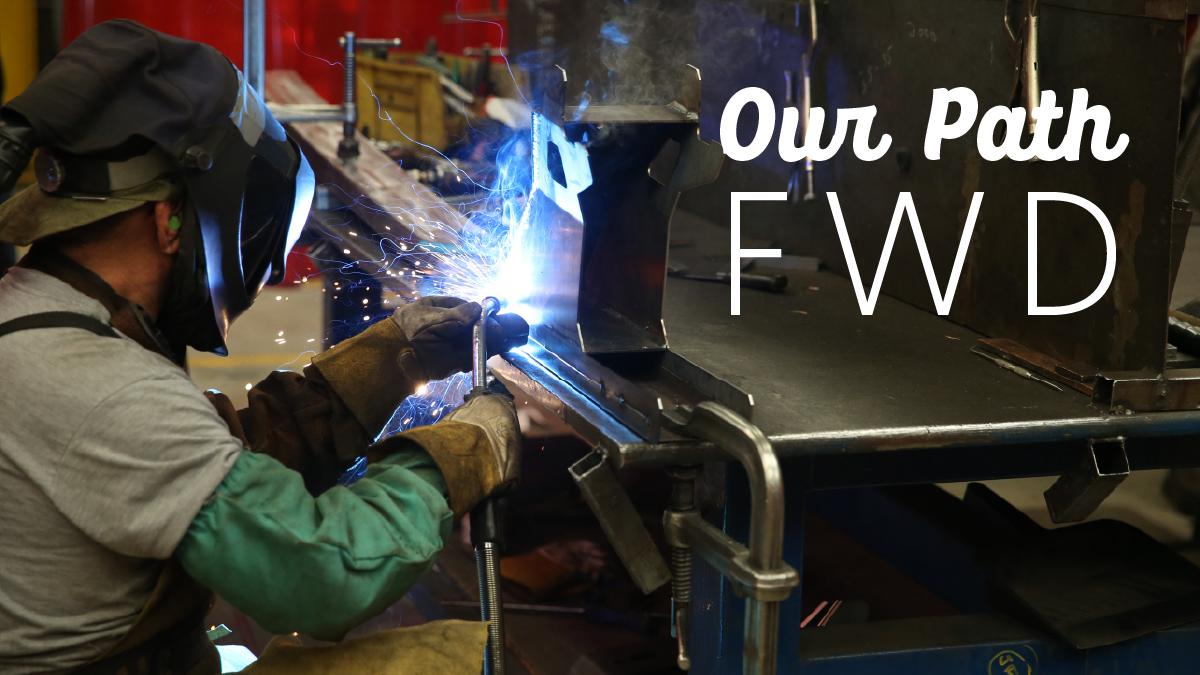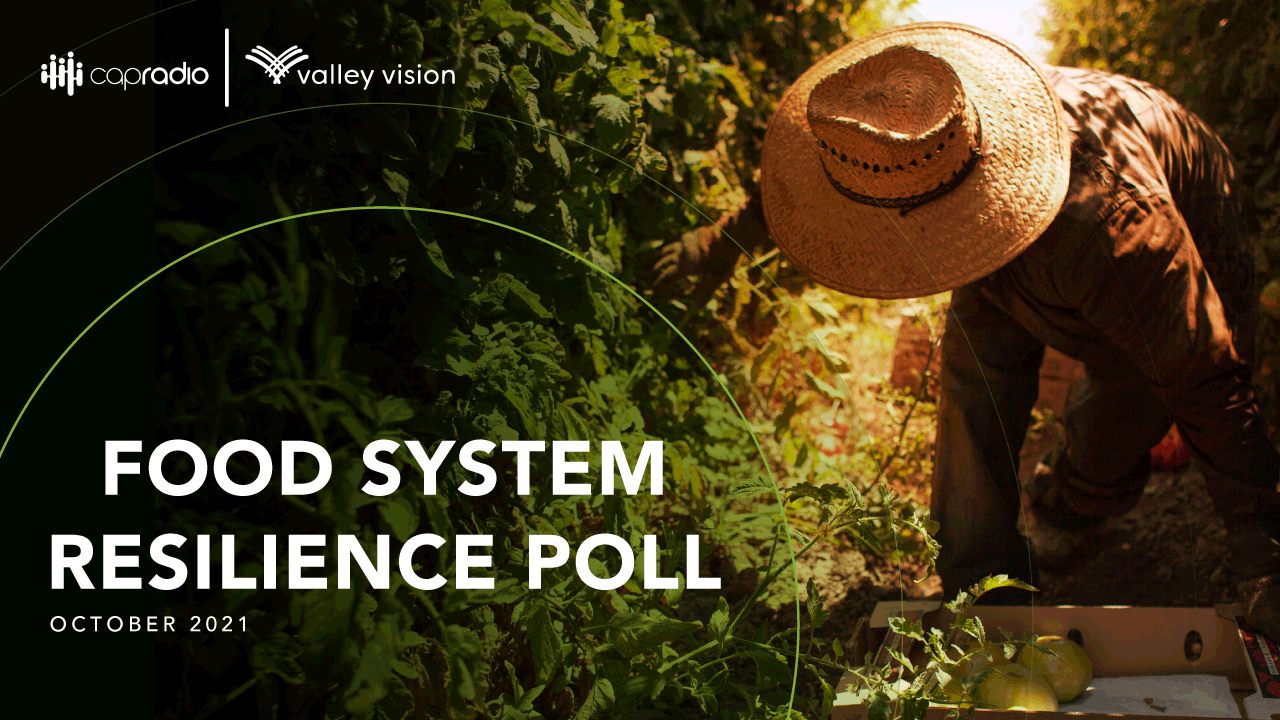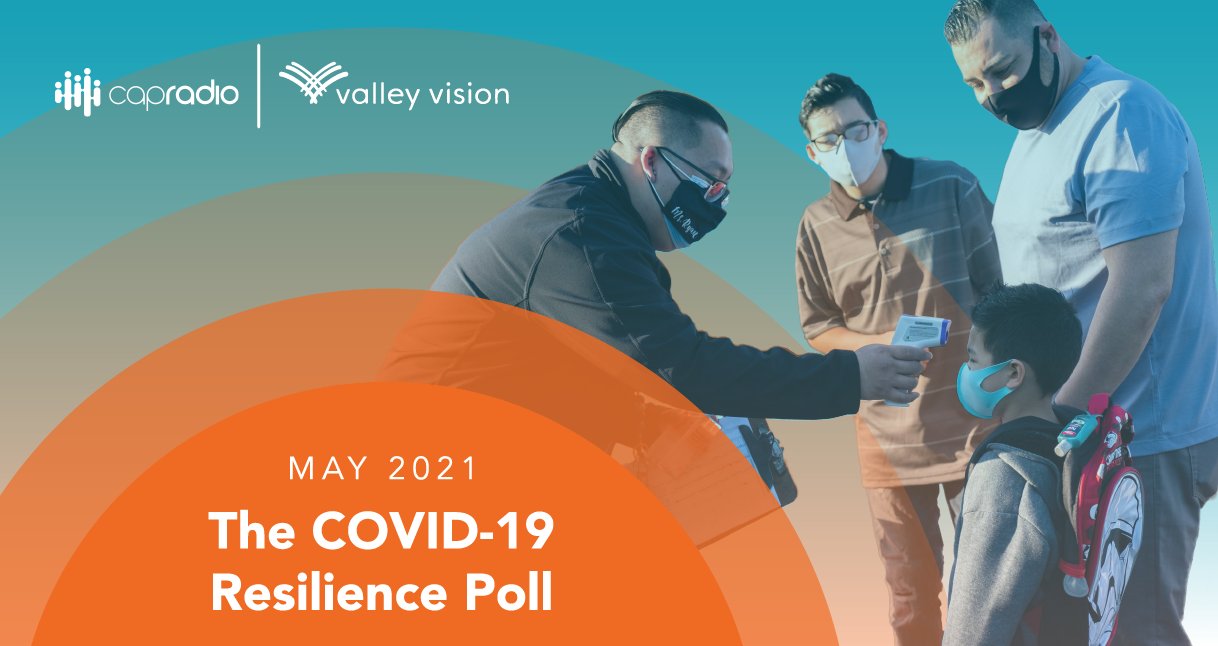California Jobs First (CERF) Planning & Application Workshop – June 2022
Backbone Support & Governance Subcommittee Meeting 1 – July 7, 2022
On July 7 2022, Valley Vision held the California Jobs First (CERF) Backbone Support & Governance meeting. The meeting included a presentation with an overview of the California Jobs First (CERF) program and governance structure examples. The group also discussed the values and features that should inform the proposed governance structure. In addition to viewing the recording below, you may also download the slides and meeting minutes.
Colusa California Jobs First (CERF) Roundtable – June 2022
On June 30, 2022, Valley Vision hosted a roundtable on the Community Economic Resilience Fund for Colusa County. The session included an overview of the California Jobs First (CERF) Program (slides below) as well as a discussion about the concerns, needs, and opportunities for the county. In addition to the slides below, you may also view the discussion notes and handout.
Yuba-Sutter California Jobs First (CERF) Roundtables – June 2022
On June 30, 2022, Valley Vision hosted a roundtable on the California Jobs First (CERF) for Yuba & Sutter Counties. The session included an overview of the California Jobs First (CERF) Program (slides below) as well as a discussion about the concerns, needs, and opportunities for the region. In addition to the slides below, you may also view the discussion notes and handout.
We Prosper Together | California Jobs First
Taking a New Approach to Building Economic Strength.

As the economy, industries, and climate shifts, we can’t leave anyone behind. This is our opportunity to approach economic development inclusively. To reimagine our economy and workforce, it’s up to us to come together, elevate voices, and take action.
That’s why we have established We Prosper Together. Our work is currently supported by California Jobs First, but We Prosper Together is a long-term initiative to break down silos for a more inclusive and sustainable economy. Visit our website at www.weprospertogether.org to learn more and get involved.
Overview of California Jobs First
California Jobs First, sourced from the State General Fund, will distribute $600 million to 13 regions across California. The program will:
- Support the development of inclusive regional planning processes in order to produce regional strategies for economic development efforts that prioritize the creation of accessible, high-quality jobs in sustainable industries.
- Invest in projects proposed by regional planning tables that align with regional strategies and meet criteria for equity, job quality, and sustainability, among others.
- Align and leverage state investments (e.g., High Road Training Partnerships, community capacity building programs), federal investments (e.g., Infrastructure Investment and Jobs Act), and philanthropic and private-sector investments in regions to maximize economic development efforts.
The Capital Region includes the following eight counties: Colusa, El Dorado, Nevada, Placer, Sacramento, Sutter, Yolo, and Yuba Counties. Valley Vision is the Regional Convenor & Fiscal Agent for the Capital Region, meaning we are responsible for ensuring our region meets the goals outlined above.
Want to learn more? Visit us at www.weprospertogether.org
Archived Resources
Infographic: 2021 Year in Review
At Valley Vision, we bring communities together to tackle the biggest challenges affecting the livability of our region. By creating common ground built on facts, we inspire leaders to think big and collaborate on bold, long-term solutions that improve people’s lives.
This infographic can be read in under 90 seconds, and highlights some of Valley Vision’s key accomplishments and wins in 2021 as we advance prosperity, equity, and environmental stewardship across the Sacramento region and beyond.
Info Session: Community Economic Resilience Fund (CERF) (November 2021)

On November 18, Valley Vision and the Prosperity Partnership held an Information Session on the Community Economic Resilience Fund or “CERF,” the state’s $600 Million investment in the planning and implementation of inclusive economic strategies for regions across the state.
The CERF program invites regional proposals for developing High-Road Transition Strategies, which include investing in industries that will thrive in a carbon-neutral future, while creating high-quality jobs and clear pathways into those jobs, with a focus on those often left out of traditional economic development strategies.
Presenters at the Information Session provided an overview of the CERF program and its parameters, discussed how the investment could transform our region, and initiated a conversation around priorities for a regional ask.
A recording for the Information Session can be found on YouTube and below:
The presentation slides used at the Information Session can be found here and below:
Results from the Mentimeter survey conducted during the Information Session can be found here.
What’s next?
- Valley Vision and the Prosperity Partnership are teeing up a regional planning effort for the CERF program.
- We continue to communicate with state leadership about the CERF program parameters and grant application, and will be seeking input from regional stakeholders.
- We want to engage with all of you throughout this effort. We are all in this together!
Please take a couple of minutes to fill out this survey if you have not done so. In addition to your contact information, which we’ll use to provide updates and stay engaged, it also includes questions about what interests you the most about the CERF opportunity (for example, funding for a particular project or initiative), and who else should be engaged throughout this effort.
For additional questions, please contact Valley Vision’s Isa Avanceña at isa.avancena@valleyvision.org.
Info Session: Community Economic Resilience Fund (CERF)

Valley Vision, together with its fellow Prosperity Partners, is convening an Information Session on the Community Economic Resilience Fund or “CERF,” the state’s $600 million investment in the planning and implementation of inclusive economic strategies for regions across the state.
What is the CERF? The CERF invites regional proposals for building towards High Road Transition Strategies, including investing in industries that will thrive in a carbon-neutral future, while creating high-quality jobs and clear pathways into those jobs, with a focus on those often left out of traditional economic development strategies.
What would CERF dollars do for our Greater Sacramento region? The Greater Sacramento region is well-positioned to receive this investment, because we have the capability to serve as a model for developing a resilient low carbon economy in California. Our region, which serves a population of 2.58 million and is home to the State Capitol, has set the stage to be a global leader in Future Mobility, already resulting in tangible outcomes. The CERF investment would be the transformative and catalytic event that will drive innovation, climate resilience, and inclusion within regions and across the state.
What are the goals of the Information Session? Provide an overview of the CERF and its parameters, including how it would further our region’s Prosperity Strategy; Initiate conversation around priorities for our region’s ask; Begin to build a coalition to advance this effort
What is the Prosperity Strategy and how can it support the CERF investment opportunity? Our Path Forward: The Prosperity Strategy is the six-county Greater Sacramento Region’s implementation plan for prioritizing our core economic initiatives, to result in a more prosperous, equitable and resilient region. As our federally-designated CEDS, the Prosperity Strategy can provide a foundation and blueprint for channeling federal and state investments toward inclusive economic growth.
The Food System Resilience Poll (October 2021)

Through the lens of our farm to fork brand and knowing that we face real challenges, this Food System Resilience Poll sets out to explore people’s perceptions around our food system and the connections between food, farm, and community. It also seeks to understand the ways in which the pandemic affected access to food, knowing that millions of people in our country already struggled with getting enough food even before the pandemic. With all the food and agricultural assets that we have, do the lived experiences of our region’s residents reflect our vision for what a farm to fork region should be?
The Poll, which was fielded by Valley Vision and CapRadio, in partnership with the Institute for Social Research at Sacramento State, is designed to help inform system work to build an equitable and accessible farm to fork culture that resonates and benefits all communities. The results helped inform the Sacramento Region Community Foundation’s 2021 Food System Action Plan, a robust set of strategies and tactics to guide industry leaders, policy makers, universities, and community groups toward actions that achieve more inclusive, supported, sustainable, and equitable food system practices (expected to be released in October 2021).
Some of the Poll’s most notable findings are:
- Self-reported food insecurity was higher in the Farm to Fork Capital than the U.S. average overall and disparities in access exist along racial and economic lines. Key supports, such as federal stimulus checks during the pandemic, provided important means of increasing food security during a hard time.
- Even though they live in the Farm to Fork Capital, many residents in the region have not had opportunities to grow their own food or participate in local food and agriculture activities.
- About half of respondents have knowingly purchased local food, grown within 100 miles of home, however this practice is more likely among white, older, and higher income respondents.
- Respondents highly value wild, open lands and farmland, and enjoy living in an area with farms and agriculture.
- Overall, the Farm to Fork brand is a popular one, however Latino respondents as well as those who live in cities were less enthusiastic.
- About half of respondents admit to regularly throwing out food, however, the same amount support paying a fee of at least $5 a month in their utility bill to support food recovery programs that could reduce food waste and hunger.
- The vast majority of respondents are concerned that climate change poses a real risk to growing food in our region.
The COVID-19 Resilience Poll #3 (May 2021)

The COVID-19 Resilience Poll series tracked the experiences, perceptions, concerns, and hopes of people living in California’s Capital region. Three polls were conducted through a year of the COVID-19 pandemic from May 2020 to March 2021. The third and final poll in our series, was in the field March 12-29, 2021 and is demographically representative of the Capital region, encompassing Sacramento, El Dorado, Placer, Sutter, Yolo, and Yuba counties, with a margin of error of plus or minus three percent.
This report, fielded by Valley Vision and CapRadio, in partnership with the Institute for Social Research at Sac State, provides a retrospective look at all three COVID-19 polls, pulling out key themes and clear trends in the data where system transformation has been most marked. The findings give us a sense of the unique challenges our region faces associated with late-pandemic conditions and all that has come as a result. You can also access CapRadio’s coverage of the poll at www.capradio.org.
Photo credit: Andrew Nixon/CapRadio
Infographic: 2020 Year in Review
At Valley Vision, we bring communities together to tackle the biggest challenges affecting the livability of our region. By creating common ground built on facts, we inspire leaders to think big and collaborate on bold, long-term solutions that improve people’s lives.
This infographic can be read in under 90 seconds, and highlights some of Valley Vision’s key accomplishments and wins in 2020 as we advance prosperity, equity, and environmental stewardship across the Sacramento region and beyond.
Presentation: The COVID-19 Resilience Poll #2 (2020)
The COVID-19 Resilience Poll webinar, hosted October 30, 2020, shares the findings of the most recent scientific opinion poll about COVID-19 in the Greater Sacramento region, and includes a discussion of the mental health impacts being felt across our communities as a result of the broad-based challenges created by the pandemic. Webinar speakers include Pauline Bartolone (CapRadio), Beth Hasset (WEAVE), Amanda Lipp (Center for Applied Research Solutions), Ron Lutz (Sacramento State), and Rachel Rios (La Familia).
This polling series paints a picture of the many ways that COVID-19 is impacting our region. It tracks the experiences, perceptions, concerns, and hopes of people in the Capital region – including health impacts and fears, the experiences of the varying public orders and guidance, and the economic consequences of the pandemic.